Fendi couture review AW19: Karl Lagerfeld, emperors, new clothes
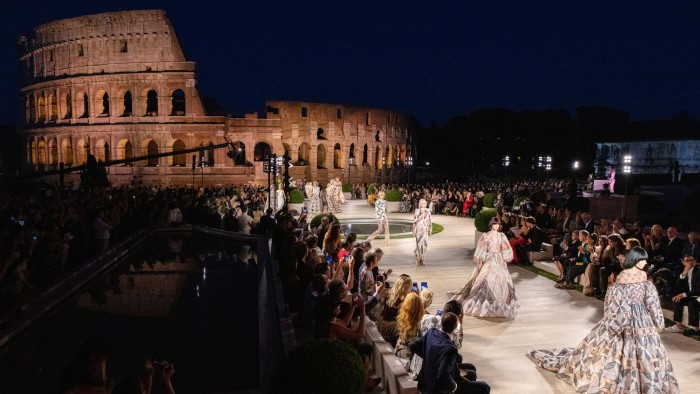
Roula Khalaf, Editor of the FT, selects her favourite stories in this weekly newsletter.
In his last gesture of collaboration with Silvia Venturini Fendi, the female scion of the Rome-based LVMH-owned furrier house founded by her grandfather in 1925, Karl Lagerfeld presented her with a book. It was about the Vienna Secession, the Austrian art group formed in 1897 whose members included Gustav Klimt, Egon Schiele and Josef Hoffman. Lagerfeld felt that the graphic, decorative works might be an inspiration for the house at which he worked before his death in February of this year.
Venturini Fendi’s response? An haute couture collection featuring 54 looks inspired, in part, by the 54 years in which Lagerfeld worked in its name.
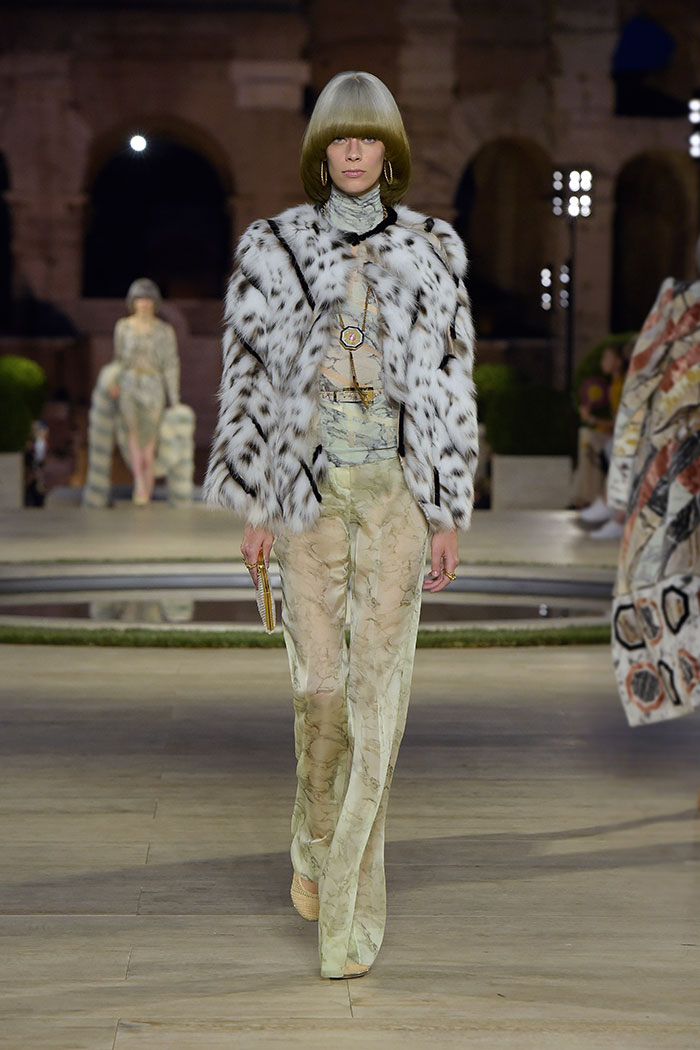
Staged at the close of couture week, in Rome, and amid the ancient ruins of the Palatine Hill surveying the Coliseum, the show was in part an homage to Lagerfeld, and an opportunity to re-establish the brand’s monumental impression on the Roman landscape. Fendi has been instrumental in helping restore many of the city’s best known landmarks including the Trevi Fountain, which it paid to renovate in 2016, and they had contributed also to protect the Palatine. Even so, it was fitting the house had chosen to honour the late designer in the stamping ground of former emperors and aristocrats.
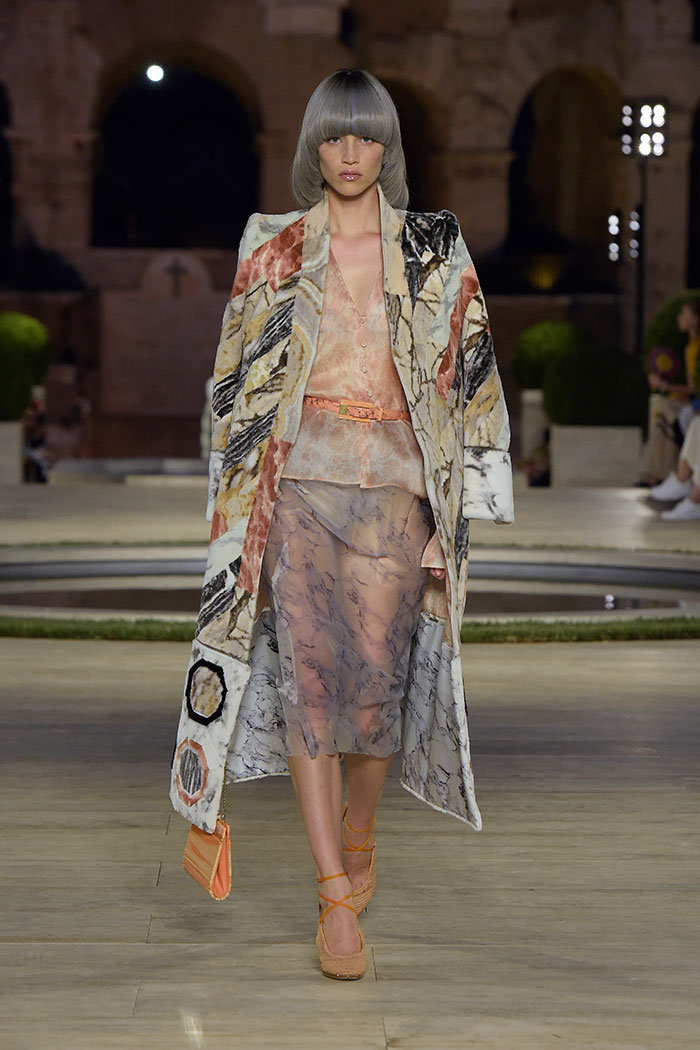
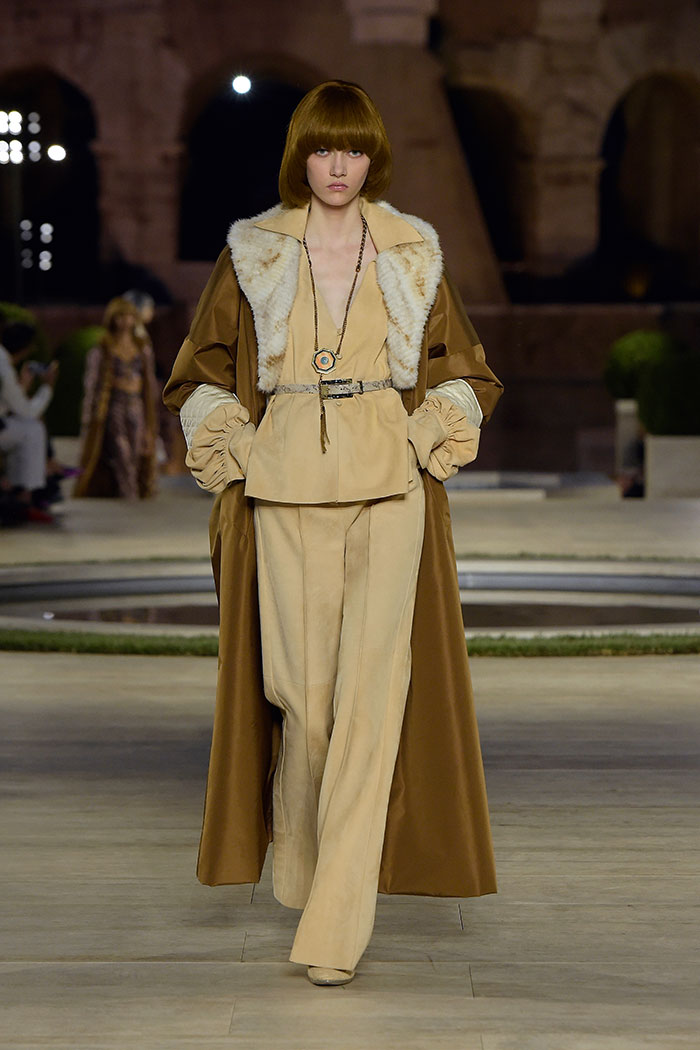
It was also an appropriate tribute to a relationship in which the Hamburg-born Lagerfeld, with his Mittel European tastes and sensibility, worked closely with a house which has always drawn powerfully on the flavours of antiquity. Venturini had reimagined the graphism of the Secession artists and transposed it onto clothes, furs and prints that echoed the mosaic patterns and marble slabs that cover Roman floors. The clothes were stately and unapologetic — “Roman ladies might have a Caravaggio in their palazzo,” explained Venturini Fendi of the need to bring extravagance into Fendi’s design. “Rome is not bourgeois. It is aristocratic. It is grand. The women must live up to their surroundings, otherwise they cannot be seen.”
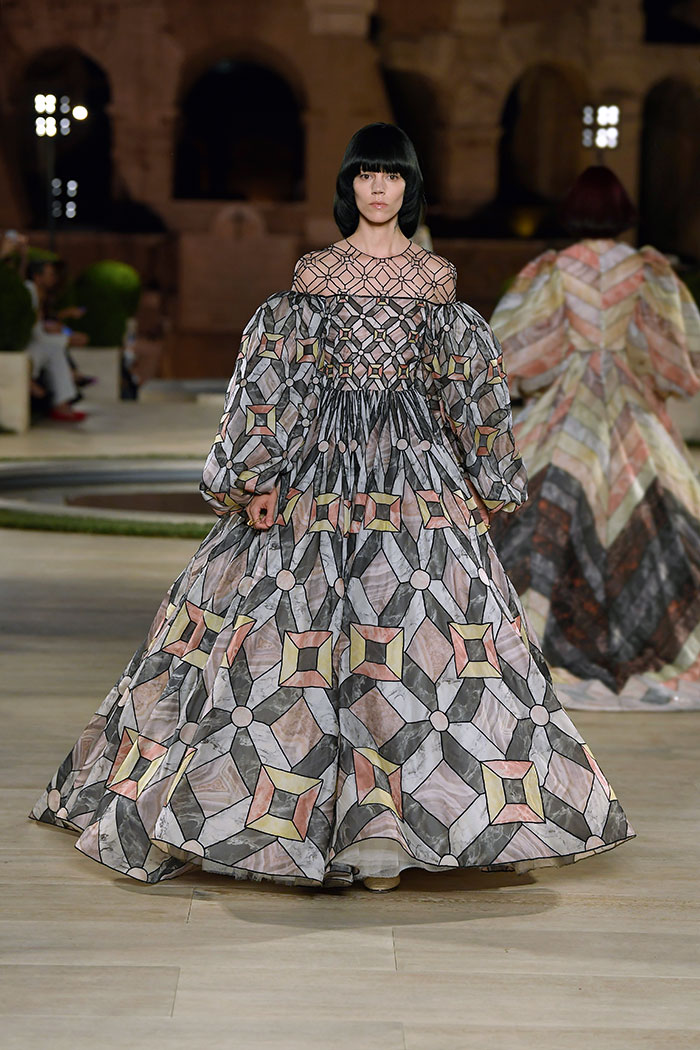
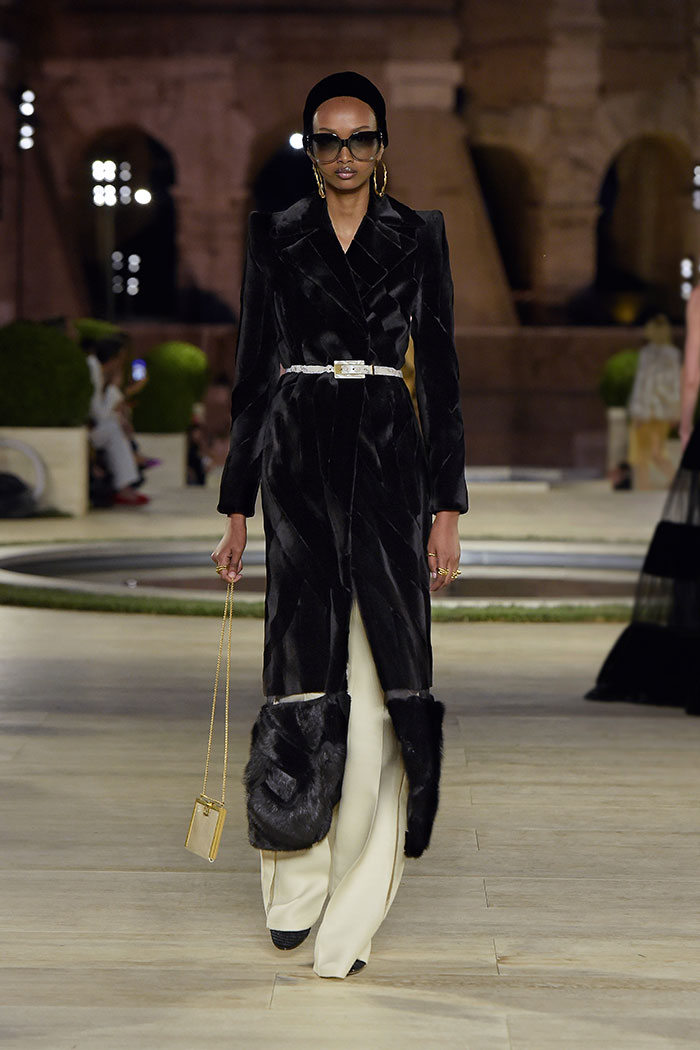
Nevertheless, Lagerfeld’s absence was still felt here. As at Chanel, where Virginie Viard has assumed her former boss’s position and this week delivered her second show without his guiding hand, the collections have demonstrated an attenuation in fashion now that he is gone. For a man who lent his vision to so many different brands, Lagerfeld’s design “style” was sometimes hard to define — only now can one appreciate the lightness, the playful details, and the wit that truly signified his look.
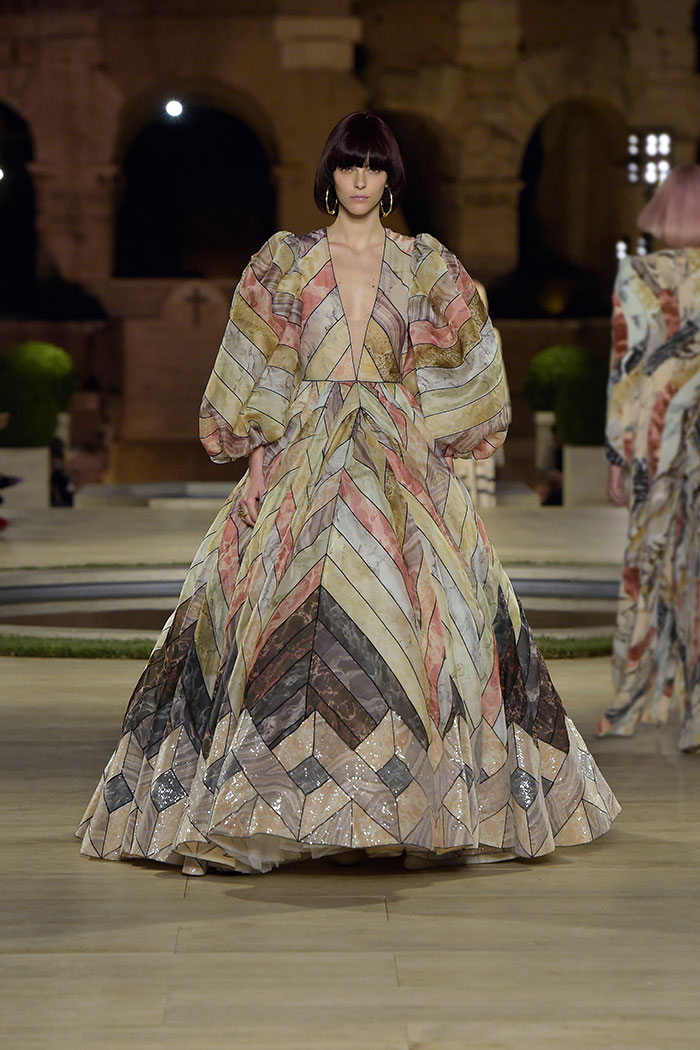
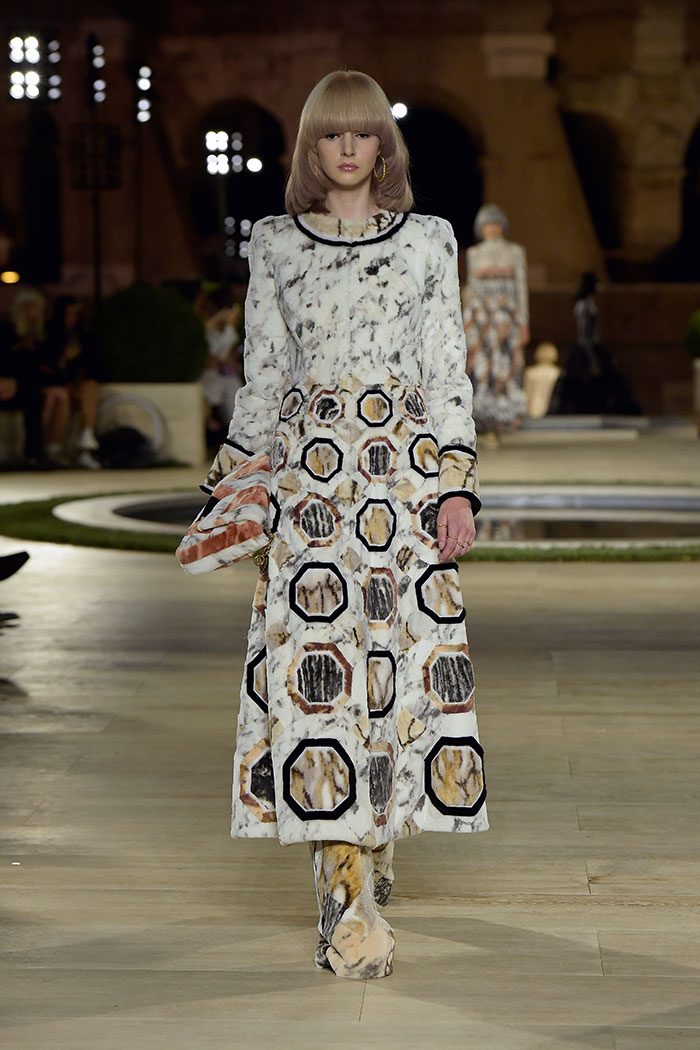
Fendi’s own creative future is uncertain. Venturini Fendi currently runs the menswear and has long overseen the women’s accessories, with great success. Questions remain as to whether the LVMH group will appoint a successor to Lagerfeld, or whether Venturini Fendi will take on both. Furthermore, in a world in which fur, though still commercially buoyant is an ethical issue, the brand has had to do much to promote its sustainability (some of these catwalk pieces were upcycled, while the faux furs were made of natural materials such as cashmere). Consumer tastes are changing, and the house has had to diversify its offerings in order to stay relevant. This show might have been an ode to the “dawn of Romanity”. But it was staged in the twilight of a decades-long tenure. As Lagerfeld so often said himself: “What happens next.”
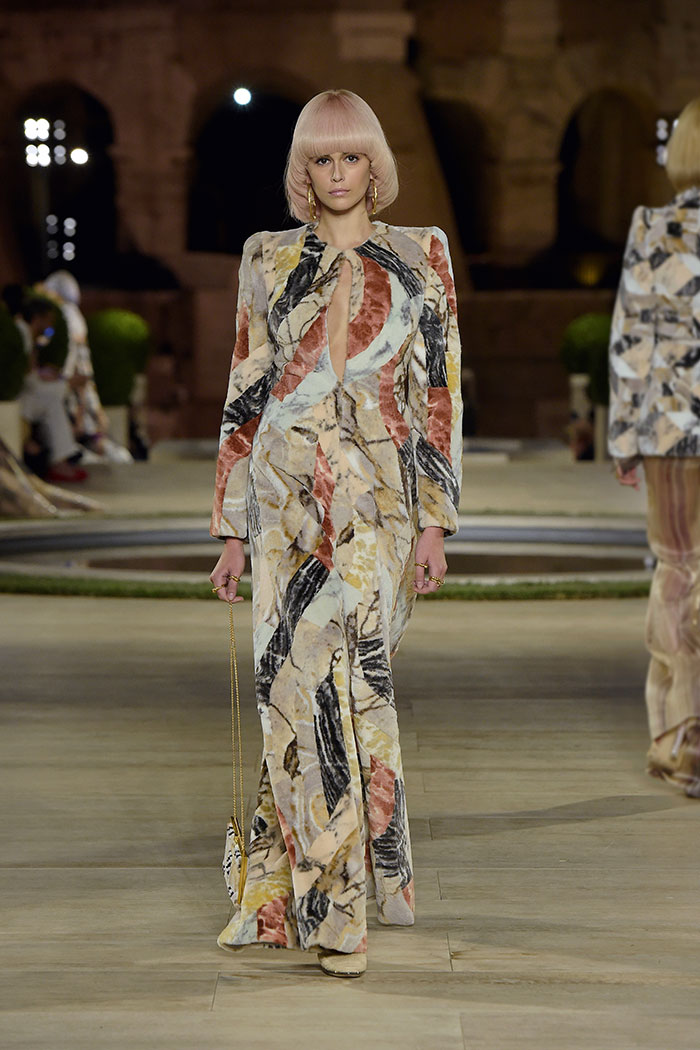
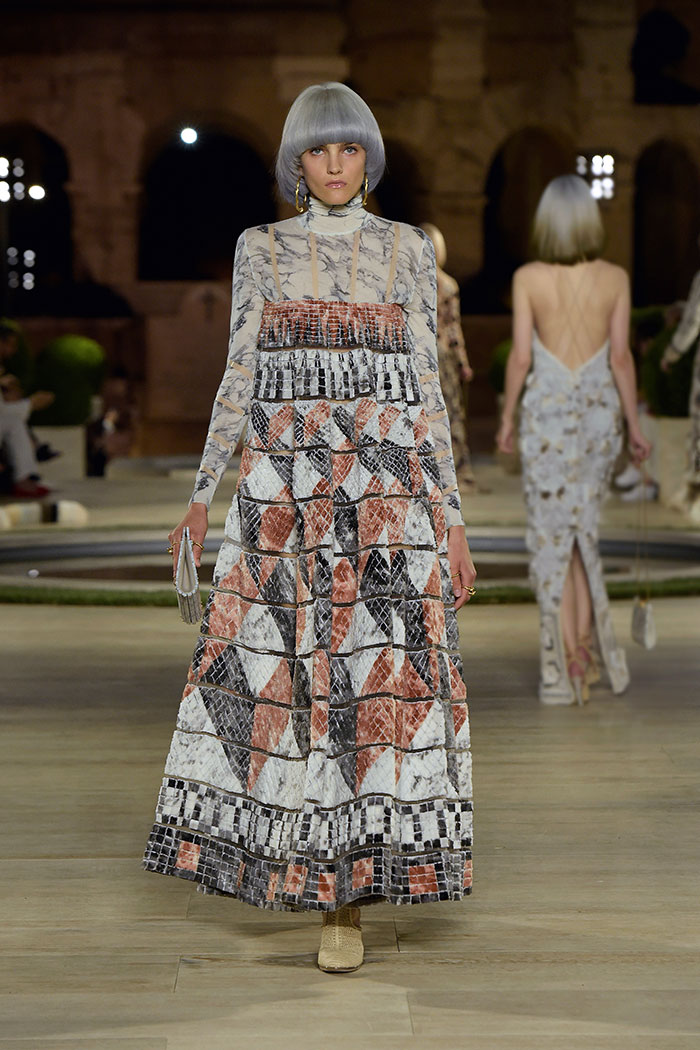
Follow @financialtimesfashion on Instagram to find out about our latest stories first. Listen and subscribe to Everything Else, the FT culture podcast, at ft.com/everything-else or on Apple Podcasts
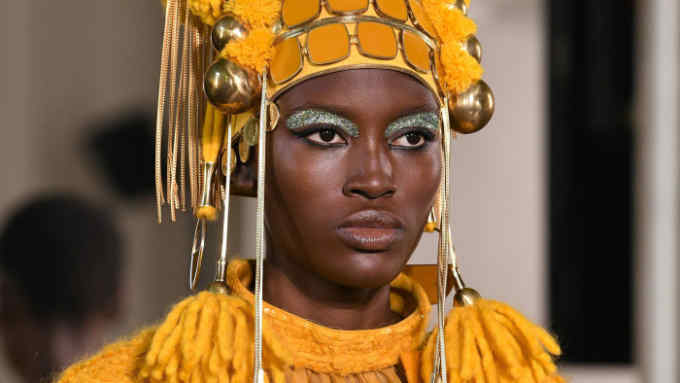
Comments